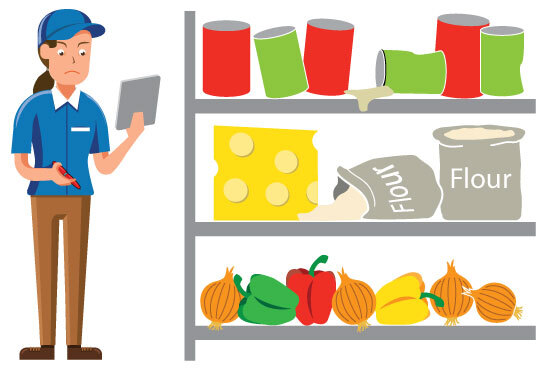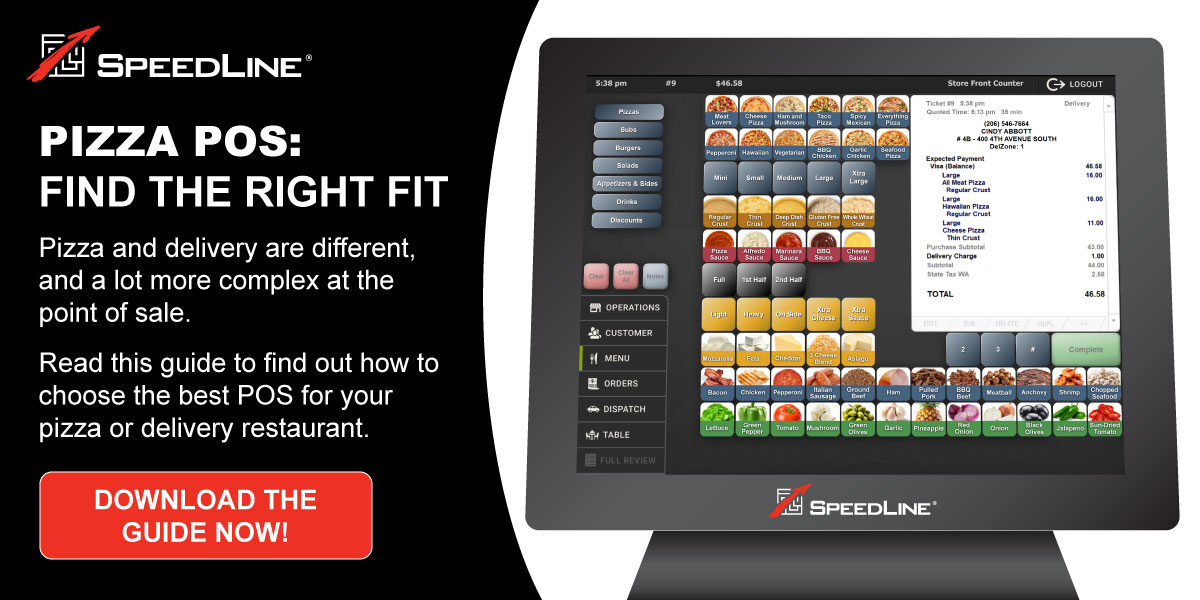Now, we know nobody wants to hear they're doing something wrong, especially for running their restaurant. But statistically, inventory is the number one challenge for successful and no-growth restaurants, so it might be time to take a look at your inventory. But not to worry, wherever your inventory stands, your inventory could improve significantly by making a few simple adjustments.
That's where we're here to help! We've come up with a list of three of the biggest areas for inventory improvements in restaurants and what you can do to fix these inventory problems.
1. Not Linking Food Waste and Inventory Ordering
Food waste is a significant problem in the food service industry, with U.S. restaurants generating 22 to 33 billion pounds of food waste each year. To put that into perspective, it weighs as much as 75,000 to 110,000 adult blue whales (or 4-10 times the entire blue whale population on Earth). That’s a scary number, especially because food waste can easily cost your restaurant tens of thousands of dollars each year. This cost can rise even higher without comparing food waste to your inventory orders.
It’s easy to look at an empty shelf and place an order for more supplies without giving it a second thought. But if you’re interested in reducing your operating costs, it’s helpful first to ask whether the ingredients are gone because you actually sold them or because they spoiled and were thrown out. Without looking up this information, an endless cycle of buying and throwing away low-demand items will continue. And unfortunately, less than half of all restaurants even bother tracking their food waste.
With a point-of-sale system that tracks food waste, you can easily pull up the report when preparing to place an inventory order. From there, it’s easy to reduce the amount you order for any items with significant waste and see if the food waste becomes significantly lower next month.
2. Inaccurate Stock Counts
Having only one person handle the inventory counts can cause various issues, the foremost being human error. The ideal attention span for productivity is 52 minutes, with most people experiencing a sharp decline in focus and accuracy afterward. So if you can finish a thorough inventory check-in in only 45 minutes, a daily product count by yourself might work. But for larger restaurants, the chances are that your inventory count could take upwards of an hour. Products could be missed or miscounted as the person gets into the second half of the count if they lose focus, leaving you with inaccuracies and infringing on your ability to place accurate orders in the future.
To break this daily task into more productive bite-sized pieces, you can always try putting together a team of several staff members who handle inventory checks. Assign each person a small section of the cooler or product shelves, and you’ll likely cut the time required to complete the inventory counts by 75% or more. And since each person is only spending maybe 10-20 minutes counting, they’re much more likely to keep their counts accurate.
3. Ordering Inventory Without Sufficient Data
As a restaurant owner or manager, you’re likely accustomed to trusting your gut when it comes to business decisions. But when it comes to inventory, data is the best tool you have to avoid sky-high food costs.
After years in the industry, you may know precisely how much product you can expect to go through in a typical day. But unfortunately, those typical days are rare in the restaurant industry. Aspects like the weather, nearby construction, and local events are all things that will drastically impact your orders for the upcoming week.

If there’s a lot of sunshine in the 14-day forecast, you can expect each sunny day to bring an average sales increase of 11%.
By having a POS system that can incorporate these factors into projected inventory usage reports, you can always know how much of each product you should order.
If you can avoid making these three common inventory mistakes, you will likely see manageable food costs in return. But these are not a long-term fix without also using a proven inventory management system that integrates with your POS. If you’re interested in learning how to take your inventory management to the next level, check out our guide on how to control food costs with inventory software.
Posted on Thu, Jun 23, 2022 @ 08:06 AM.
Updated on June 23, 2022 @ 3:30 PM PST.

